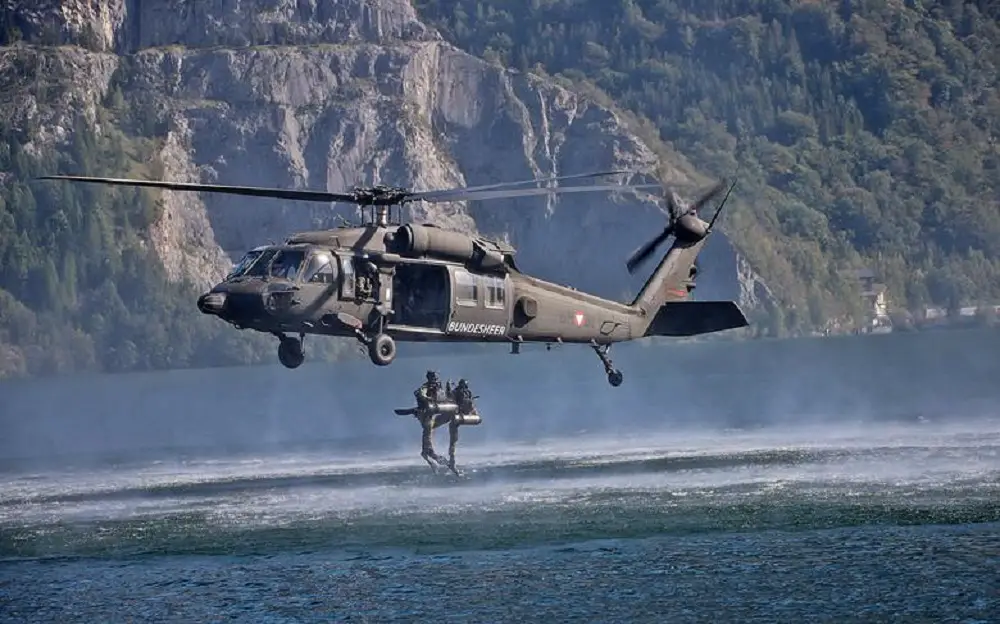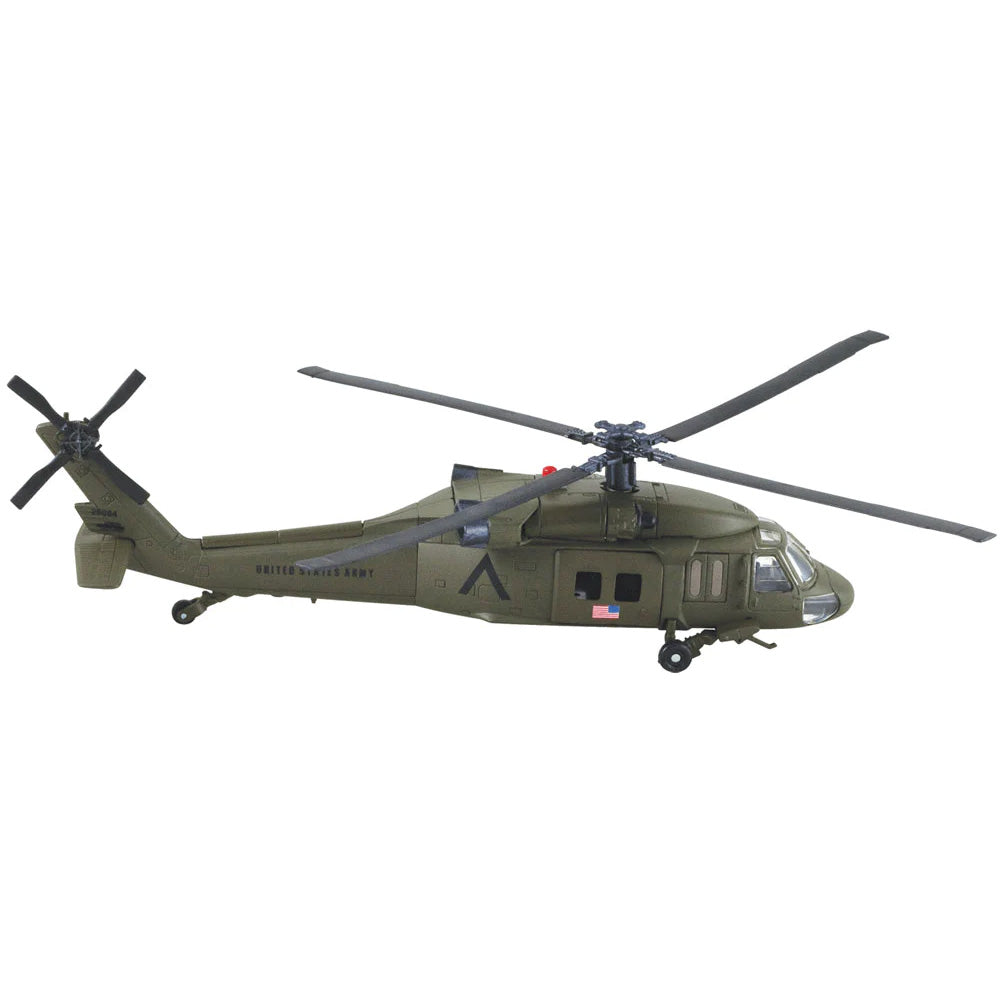Everything You Need to Know About the UH 60 Helicopter and Its Capabilities
Everything You Need to Know About the UH 60 Helicopter and Its Capabilities
Blog Article
Whatever You Need to Find Out About the UH 60 Helicopter
The UH-60 helicopter, a cornerstone of United state Army aeronautics since its debut in 1979, stands for an exceptional mix of engineering and operational convenience. As military demands develop, so also does the helicopter, with continuous improvements intended at boosting its capacities and integrating contemporary innovations.
Background of the UH-60
Created in the late 1970s, the UH-60 Black Hawk helicopter emerged as a feedback to the united state Military's requirement for a flexible energy helicopter that might do a variety of missions under difficult conditions. The incentive for its design was the drawbacks determined in the earlier helicopters utilized during the Vietnam Battle, particularly in regards to ability to move, survivability, and rate.
The Black Hawk was created by Sikorsky Aircraft, including innovative modern technologies and products to enhance its efficiency and resilience. It was officially introduced right into solution in 1979, promptly coming to be a crucial possession for military procedures - uh 60. Its capacity to move soldiers, clinical emptying, and logistical assistance in both combat and altruistic goals made the Black Hawk an invaluable component of the U.S. Army's aviation fleet
Throughout the years, the UH-60 has been continuously upgraded, adjusting to the altering nature of warfare and the advancing needs of modern armed forces operations. Its operational background consists of participation in major conflicts, peacekeeping goals, and catastrophe relief efforts, solidifying its online reputation as a reliable and trustworthy helicopter in different settings worldwide.

Layout and Specs
The design of the UH-60 Black Hawk helicopter continually shows a dedication to operational efficiency and flexibility. Created by Sikorsky Airplane, this medium-lift utility helicopter features a sleek, wind resistant body that enhances speed and ability to move. Its tandem blades system, identified by 2 counter-rotating blades, minimizes vibration and raises lift ability, permitting safer procedures in varied environments.
The UH-60 is powered by 2 T700-GE-701C turboshaft engines, supplying a maximum speed of roughly 180 knots and a variety of around 400 maritime miles. Its durable airframe is created from advanced composite materials, making certain toughness while keeping a relatively low weight. The helicopter has a maximum gross weight of regarding 22,000 pounds, sustaining a functional haul setup.

Missions and duties
A versatile platform, the UH-60 Black Hawk helicopter offers a multitude of functions and missions within armed forces procedures. Designed primarily for troop transport, it is qualified of lugging as much as 11 soldiers, making it a vital property for rapid deployment and logistical support.
In enhancement to troop transport, the UH-60 masters medical discharge (MEDEVAC) missions, geared up with sophisticated medical devices to provide essential care during transportation. Its ability to operate in varied settings boosts its efficiency in battle search and rescue (CSAR) procedures, where speedy extraction of employees is crucial.
The helicopter additionally plays a significant role in reconnaissance and security objectives, utilizing onboard sensors and equipment to debrief. Additionally, its adaptability encompasses logistical support, efficient in carrying materials and tools to forward operating bases - uh 60.
In battle procedures, the UH-60 can be equipped with numerous tool systems, enabling it to provide close air assistance. Its multi-role capability makes the Black Hawk a vital device for contemporary army pressures, adapting seamlessly to the evolving needs of field of battle circumstances and ensuring goal success across a series of functional contexts.
Efficiency and Abilities
Known for its robust performance, the UH-60 Black Hawk helicopter flaunts remarkable abilities that improve its operational efficiency throughout different objectives. uh 60. This multi-role aircraft is outfitted with powerful twin-engine Turbomeca Arriel 1D1 engines, providing phenomenal speed and ability to move, with a maximum cruise ship rate of about 150 knots and an operational range of around 400 maritime miles
The Black Hawk's advanced avionics and fly-by-wire control systems significantly enhance flight security and handling, enabling it to operate in varied atmospheres, consisting of adverse climate conditions. Its versatility is additional exhibited by its ability to bring approximately 11 fully outfitted troops or a haul of approximately 8,000 extra pounds, making Learn More Here it optimal for troop transportation, clinical evacuation, and logistical assistance objectives.
In Addition, the UH-60 is designed for survivability, featuring enhanced airframes, ballistic security for staff and passengers, and advanced countermeasure systems to escape risks. The helicopter's agility and rate, combined with its capacity for fast deployment, make it a crucial asset in contemporary army procedures, guaranteeing that it stays a crucial component of tactical air assistance and battleground wheelchair.
Future Developments

One substantial focus is the integration of advanced avionics systems, which will boost situational understanding with improved navigating and communication capacities. This includes the possible use expert system to aid pilots in decision-making and goal preparation.
In addition, future variations might include innovative materials and layout features to boost the helicopter's toughness and lower its radar trademark, boosting survivability in opposed atmospheres.
The intro of hybrid-electric propulsion systems is likewise imminent, aiming to enhance fuel effectiveness and reduce logistical concerns. Such innovations could prolong operational variety and minimize the helicopter's environmental impact.

Final Thought
The UH-60 helicopter stands for a considerable advancement in armed forces aeronautics given that its introduction in 1979. The UH-60's withstanding presence highlights its crucial role in contemporary army operations and highlights the over here continuous evolution of army aviation innovation.
The hop over to here UH-60 helicopter, a keystone of U.S. Army aviation because its launching in 1979, stands for an amazing mix of design and functional versatility. As military requirements progress, so too does the helicopter, with ongoing improvements intended at boosting its abilities and incorporating modern technologies.The design of the UH-60 Black Hawk helicopter constantly reflects a dedication to operational efficiency and convenience. Created by Sikorsky Aircraft, this medium-lift utility helicopter features a smooth, aerodynamic fuselage that improves speed and maneuverability.The UH-60 helicopter represents a substantial advancement in military aviation because its intro in 1979.
Report this page